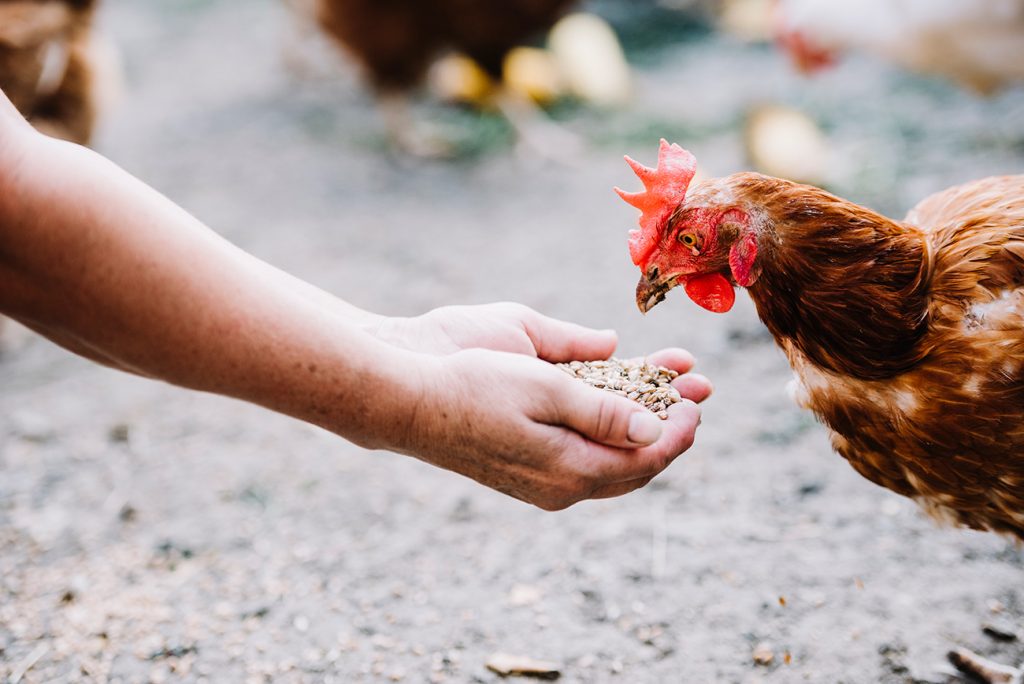When it comes to the raising and breeding of chicken, people tend to hold different perceptions or ideas of how exactly poultry is grown and treated. This is mainly because, unless they are familiar to the farming industry, people tend to be quite distant to the topic, and might not have the knowledge or experience. This is why we decided to list four of the most common myths surrounding raising and breeding of chicken, hoping this will help clear the confusion.
One of the most common misconceptions people tend to have regarding chicken raising and breeding is that farmers give chickens hormones and steroids to make them grow bigger and faster. This is as far from the truth as it can be, since the use of steroids, hormones, and pretty much any growth-aiding substance has been banned since the 1950s in the United States. The reason why chickens nowadays are able to grow more in shorter periods is because their nutrition, health care, living conditions, and pretty much the breeding industry has improved their standards during the last decades.
If chickens are not given hormones or steroids to stimulate their growth, then they must be genetically modified, right? Even when people tend to believe this myth too, no GMO chickens are commercially available in the United States. Some believe that, because chickens are bigger than they used to be, it must be the result of genetical modifications, but this isn’t really true. Thanks to traditional breeding methods, the strongest and healthiest chickens are the ones that are put together, ensuring the highest quality.
Another common misconception regarding chicken breeding is that, if a chicken is given antibiotics, the product you buy at the store will inevitably contain antibiotic residues. First of all, we need to understand that chickens do receive antibiotics, but only when they get sick and a specialized vet indicate it. However, federal regulations require chicken that might be treated with antibiotics to be cleaned before they even leave the farm. This way, the industry is able to contribute to a safe and wholesome food supply.
Last but not least, many people tend to think that chickens that are raised and bred for consumption and raises inside small cages. The truth is that no chicken is raised in a cage, and they all grow in farms and large structures called houses. Even when you might come across chicken with the label “cage-free”, this doesn’t mean that some chicken or other birds are actually raised inside cages.
